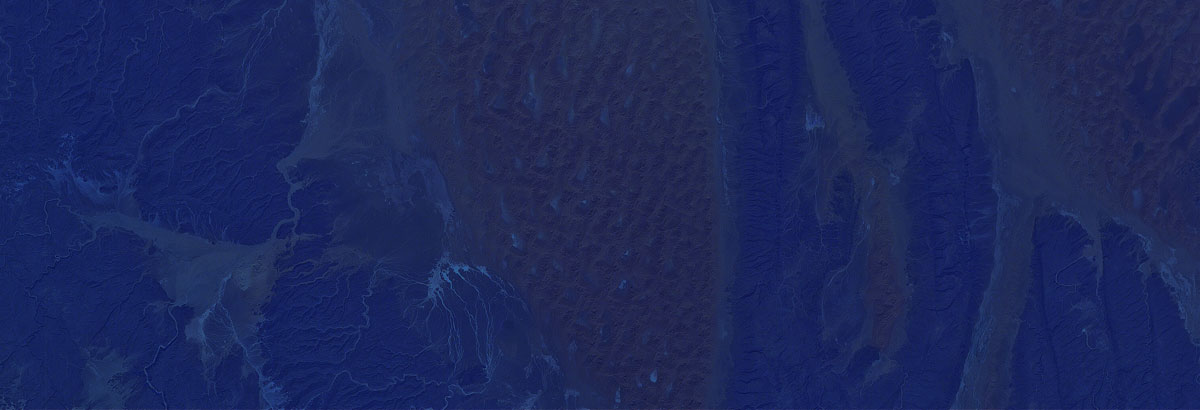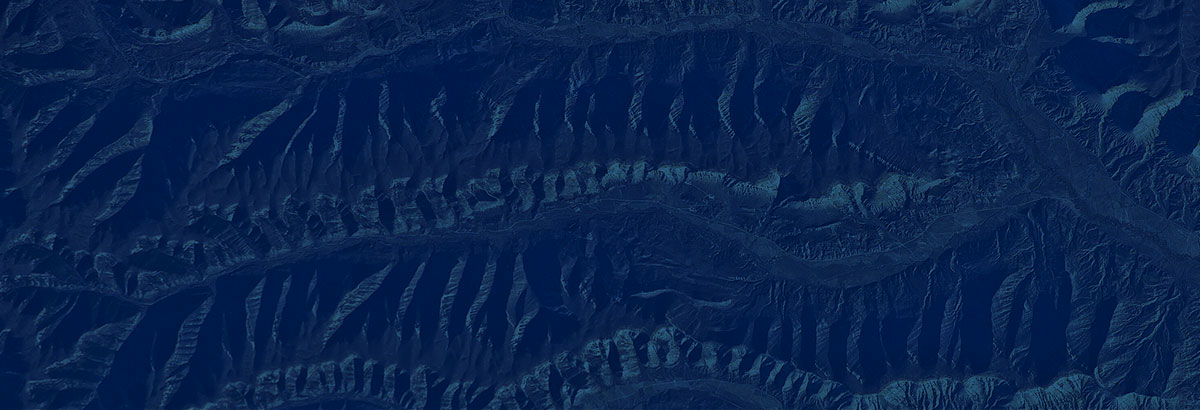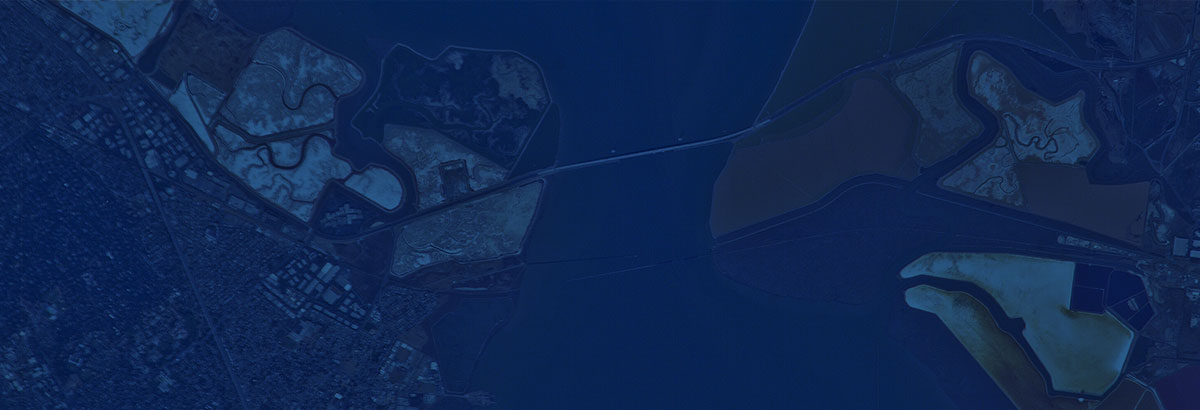B612 Presents Findings on Near-Earth Object Detection at NASA NEO Workshop in Vail CO, June 26-28, 2006
June 1, 2006
White papers and presentations submitted by B612 members to update Congress on progress detecting asteroids larger than 140 meters. These findings were presented at NASA NEO Workshop held in Vail CO, June 26-28, 2006 in response to the congressional requirement for an initial report on its progress in implementation of the George E. Brown Jr. Near-Earth Object Survey (see Subtitle C, Section 321, (d)(4)).
Mitigation: Interfaces between NASA, Risk Managers, and the Public
White Paper submitted to NASA Workshop on “Near-Earth Object Detection, Characterization, and Threat Mitigation,” Vail CO, 26 June 2006 by Chapman, Durda, Schweickart.
Summary: Threat mitigation, in the disaster management community, is treated in a systematic “all-hazards” manner, addressing readiness, response, and recovery. Deflection is only one element of response to an NEO threat. As the early warning system, NASA’s Spaceguard search programs must go beyond finding threatening objects and calculating impact probabilities. Uncertainties must be calculated properly and sound risk communication practices must be employed, to inform the public, officials, and disaster management agencies; strategic planning must guide response. NASA must establish interfaces with national and international agencies that would lead response and recovery efforts if a NEO were to impact without warning, or if deflection is impossible or attempts to deflect fail. We outline basic elements of a NEO threat mitigation plan, emphasizing elements that are or should be NASA’s responsibility.
Threat Characterization: Trajectory Dynamics
White Paper 039 by Schweickart, Chapman, Durda, Hut, Bottke, Nesvorny
Summary: Given a primary interest in “mitigation of the potential hazard” of near-Earth objects impacting the Earth, the subject of characterization takes on an aspect not normally present when considering asteroids as abstract bodies. Many deflection concepts are interested in the classic geophysical characteristics of asteroids when considering the physical challenge of modifying their orbits in order to cause them to subsequently miss an impact with Earth. Yet for all deflection concepts there are characteristics of the threat which overwhelm these traditional factors. For example, a close gravitational encounter with Earth some years or decades prior to impact can reduce the velocity change necessary for deflection by several orders of magnitude if the deflection precedes the close encounter (or encounters). Conversely this “benefit” comes at a “price”; a corresponding increase in the accuracy of tracking required to determine the probability of impact. Societal issues, both national and international, also characterize the NEO deflection process and these may strongly contend with the purely technical issues normally considered. Therefore critical factors not normally considered must be brought into play as one characterizes the threat of NEO impacts.
See the accompanying presentation:
Threat Characterization: Trajectory Dynamics
Presentation 039 by R. Schweickart
Threat Mitigation: The Gravity Tractor
White Paper 042 by Schweickart, Chapman, Durda, Hut
Summary: The Gravity Tractor (GT) is a fully controlled asteroid deflection concept using the mutual gravity between a robotic spacecraft and an asteroid to slowly accelerate the asteroid in the direction of the “hovering” spacecraft. Based on early warning, provided by ground tracking and orbit prediction, it would be deployed a decade or more prior to a potential impact. Ion engines would be utilized for both the rendezvous with the asteroid and the towing phase. Since the GT does not dock with or otherwise physically contact the asteroid during the deflection process there is no requirement for knowledge of the asteroidís shape, composition, rotation state or other ìconventionalî characteristics. The GT would first reduce the uncertainty in the orbit of the asteroid via Earth tracking of its radio transponder while station keeping with the asteroid. If, after analysis of the more precise asteroid orbit a deflection is indeed indicated, the GT would “hover” above the surface of the asteroid in the direction of the required acceleration vector for a duration adequate to achieve the desired velocity change. The orbit of the asteroid is continuously monitored throughout the deflection process and the end state is known in real time. The performance envelope for the GT includes most NEOs which experience close gravitational encounters prior to impact and those below 150-200 meters in diameter on a direct Earth impact trajectory.
See the accompanying presentation:
The Asteroid Tugboat (041) and The Gravity Tractor (042)
Presentation 041 & 042 by R. Schweickart















